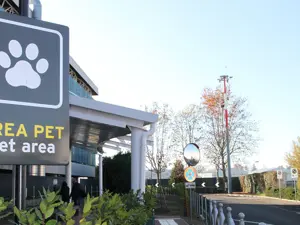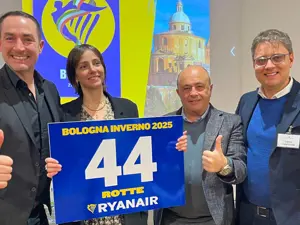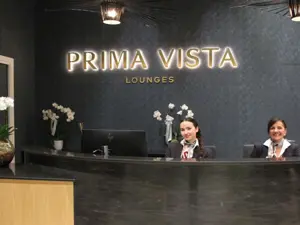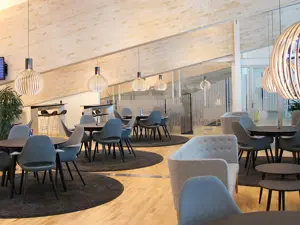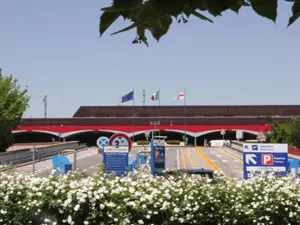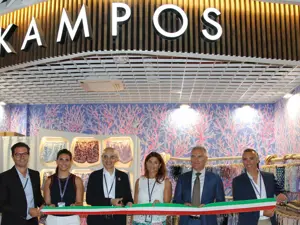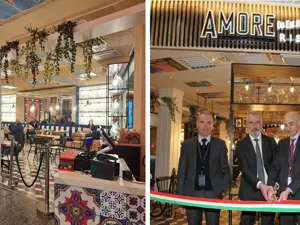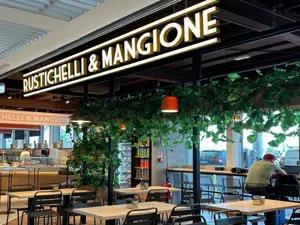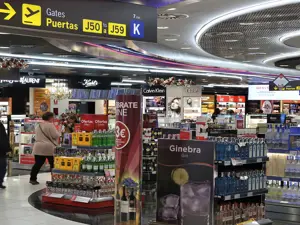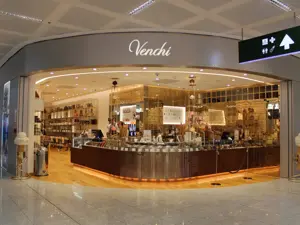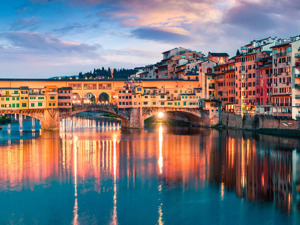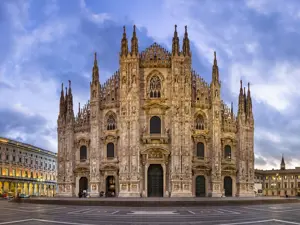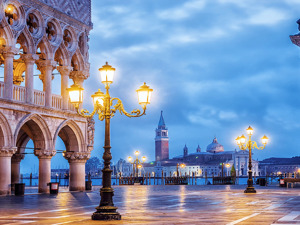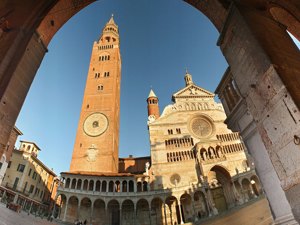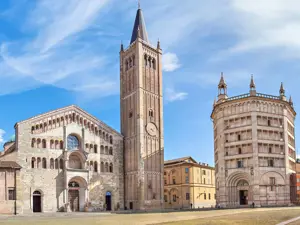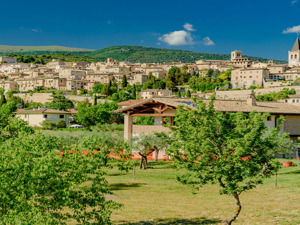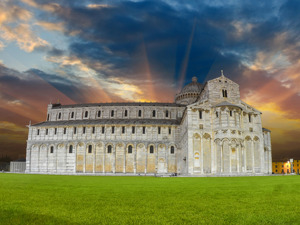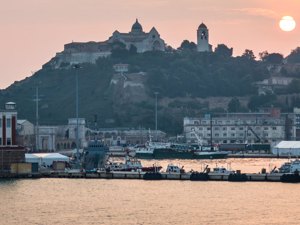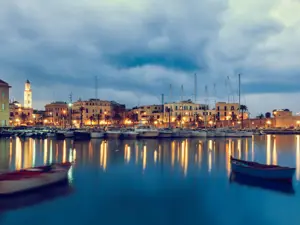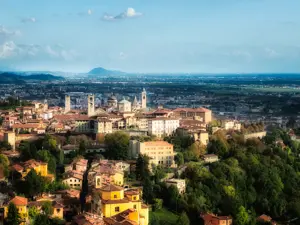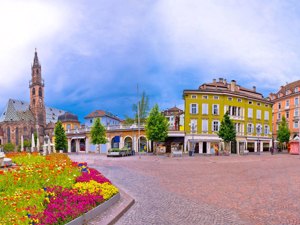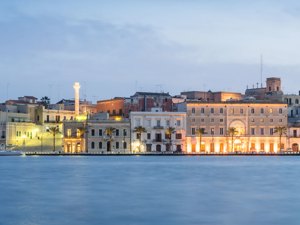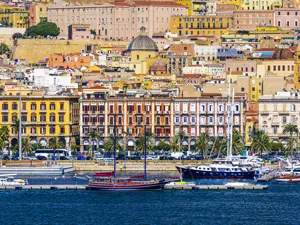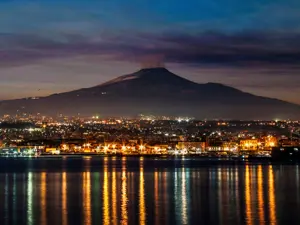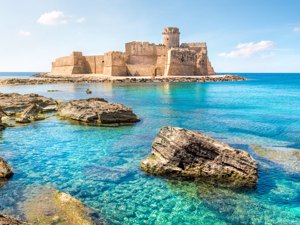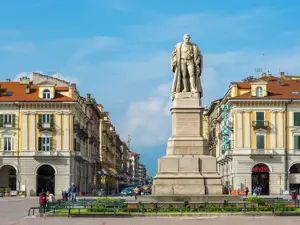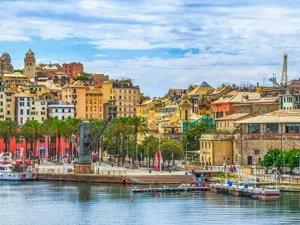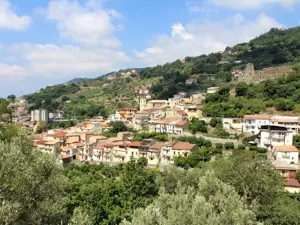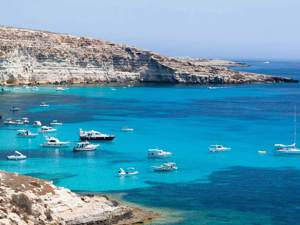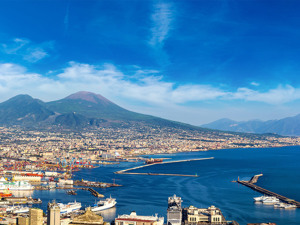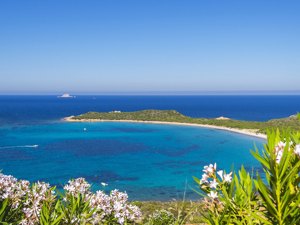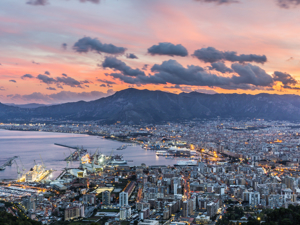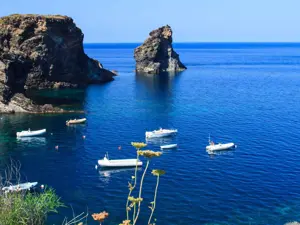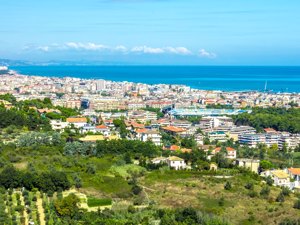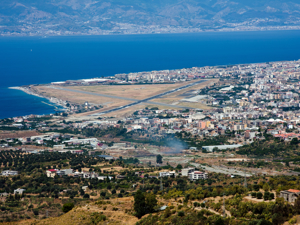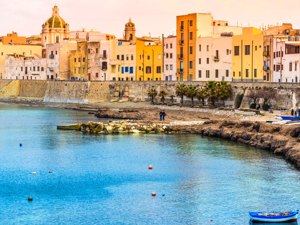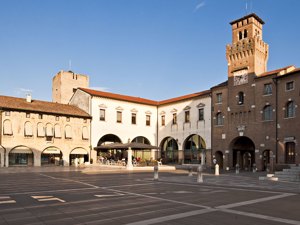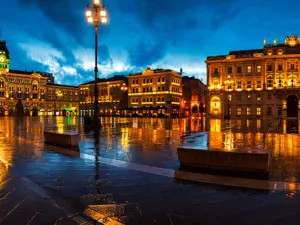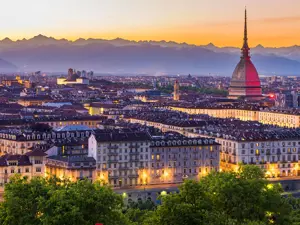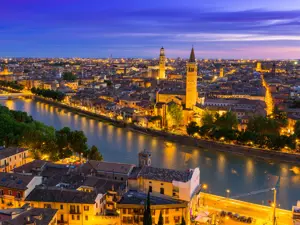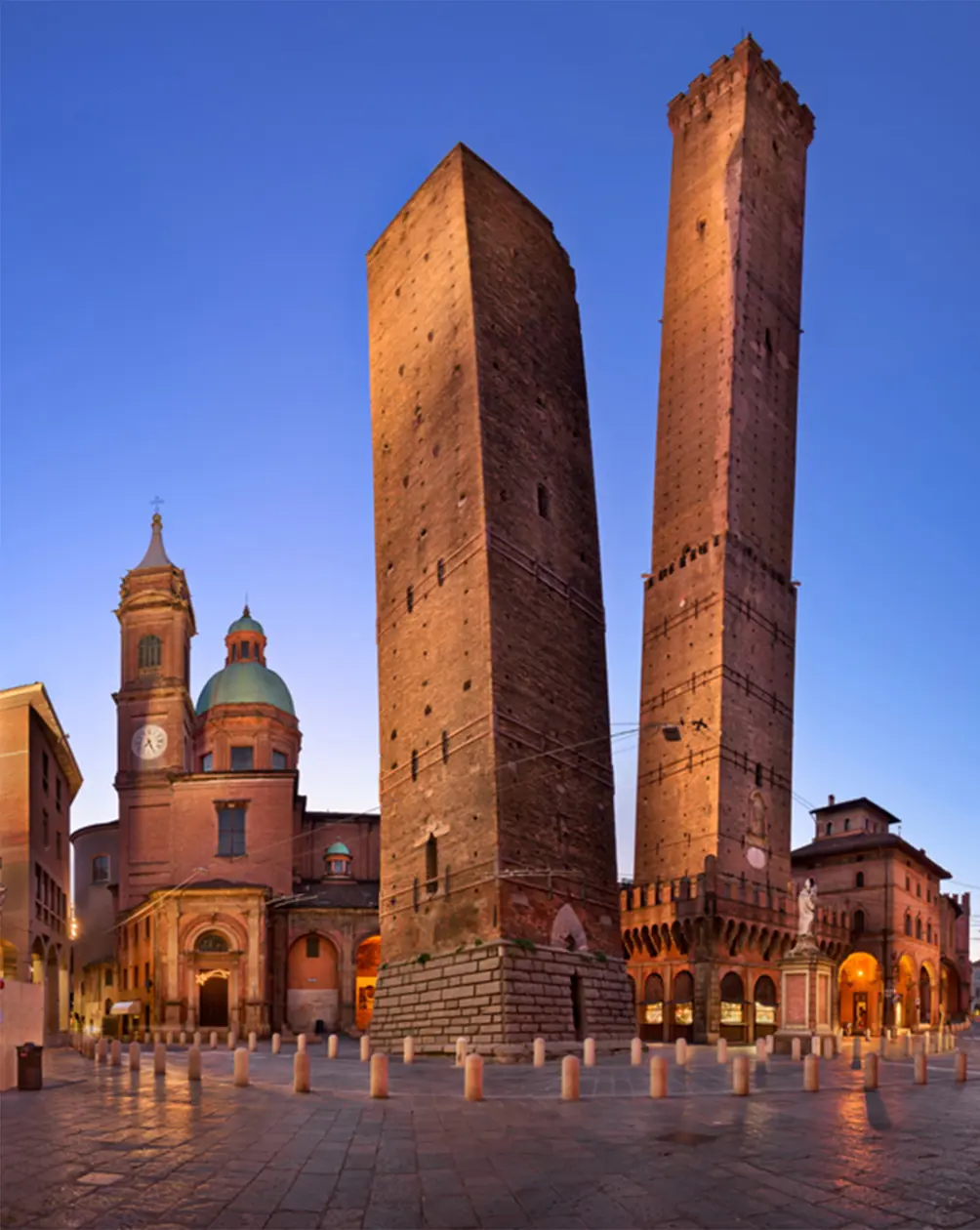
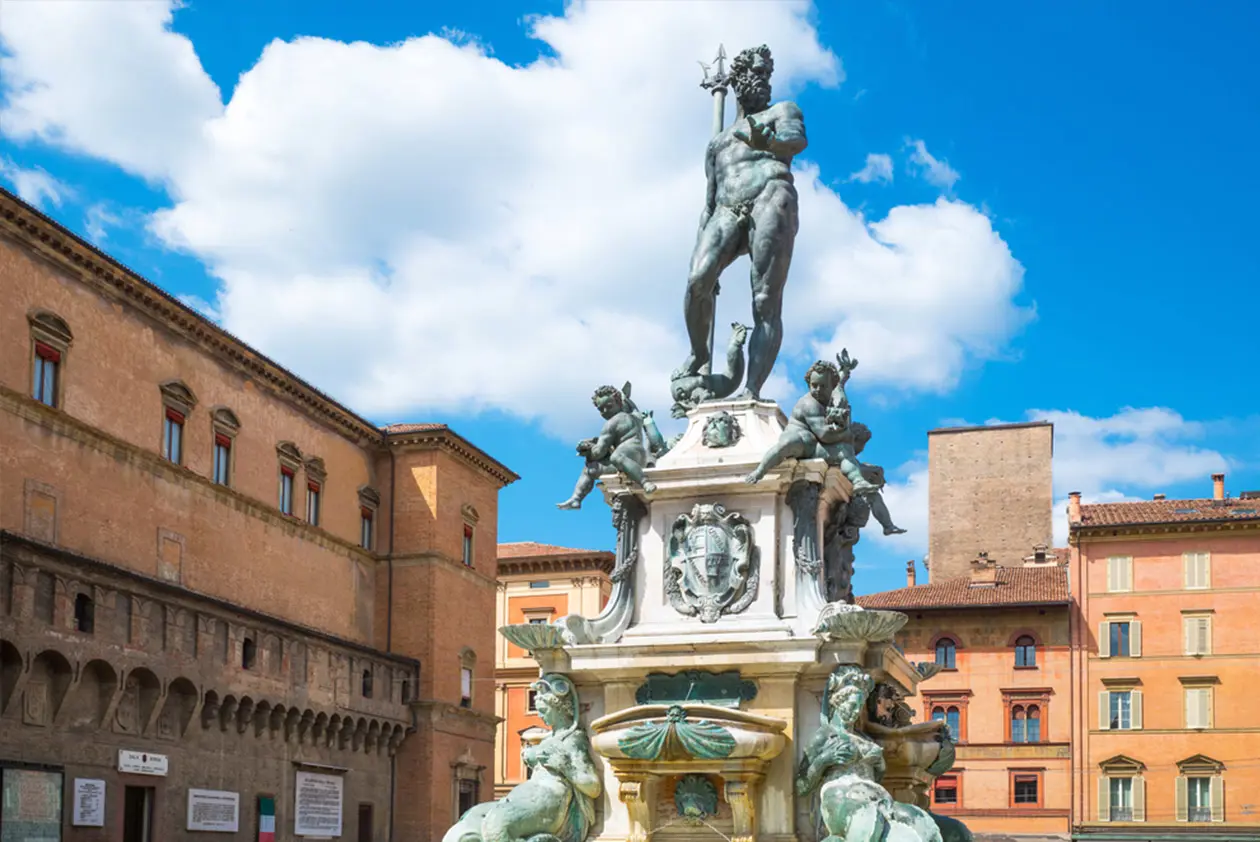
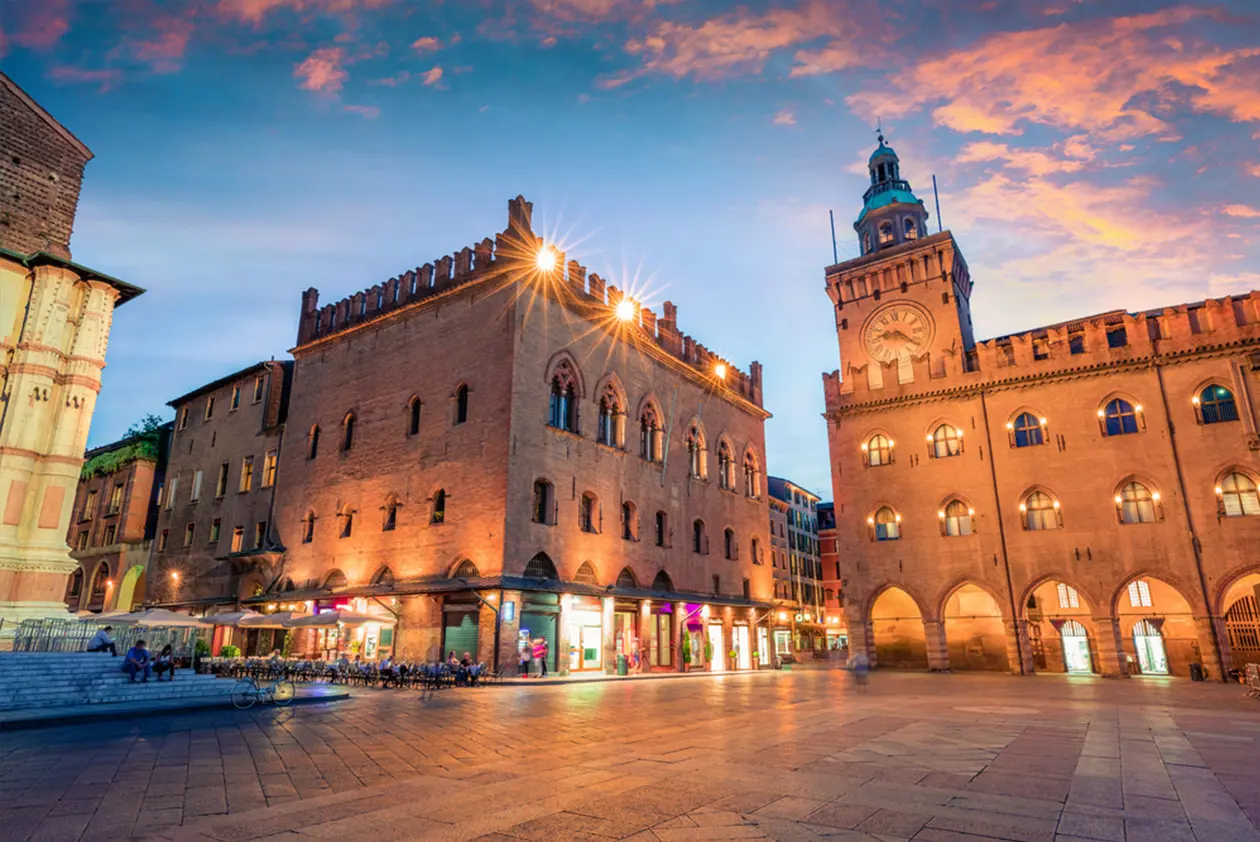
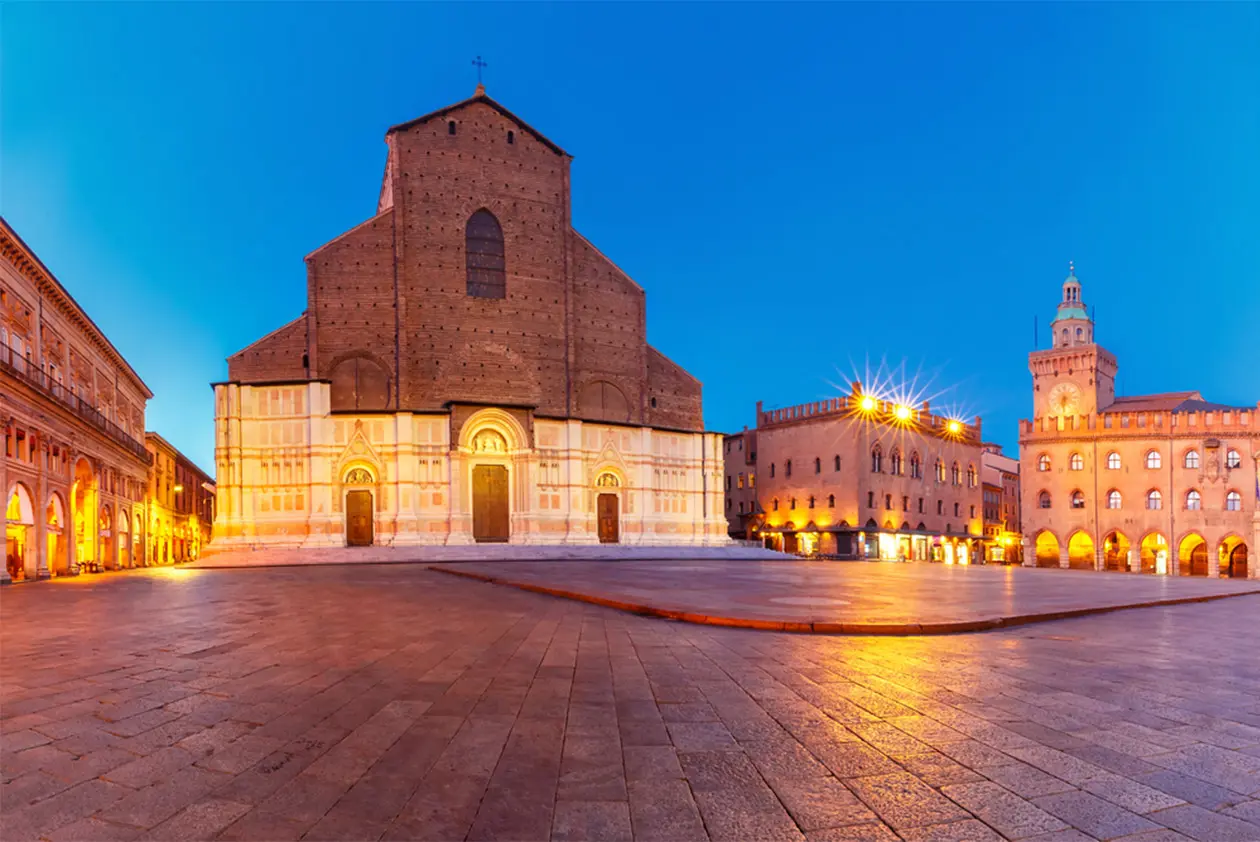
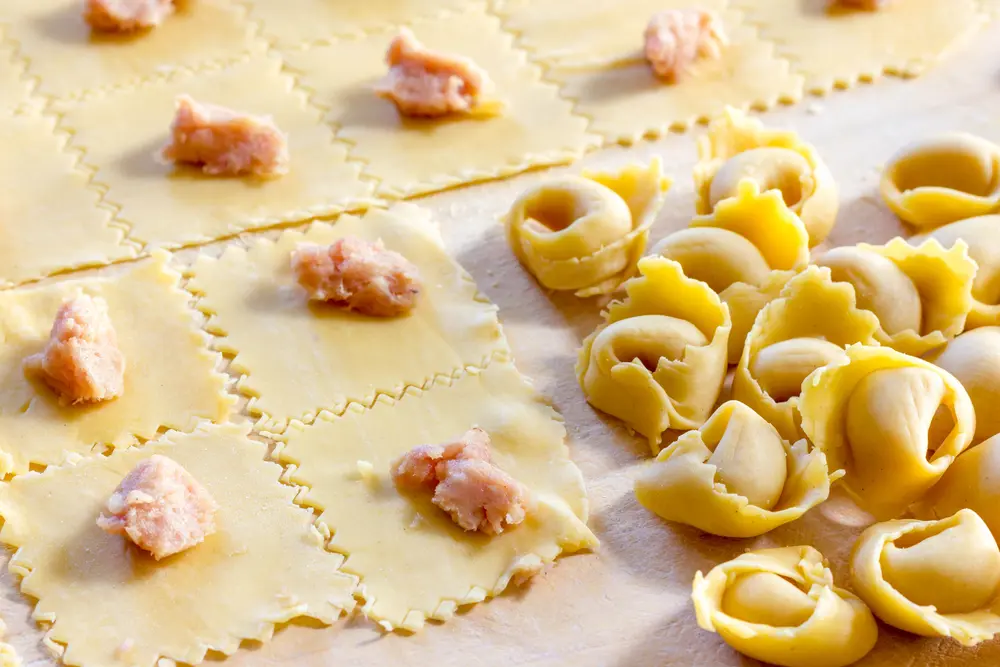
www.bolognawelcome.com
Partnership with GetyourGuide
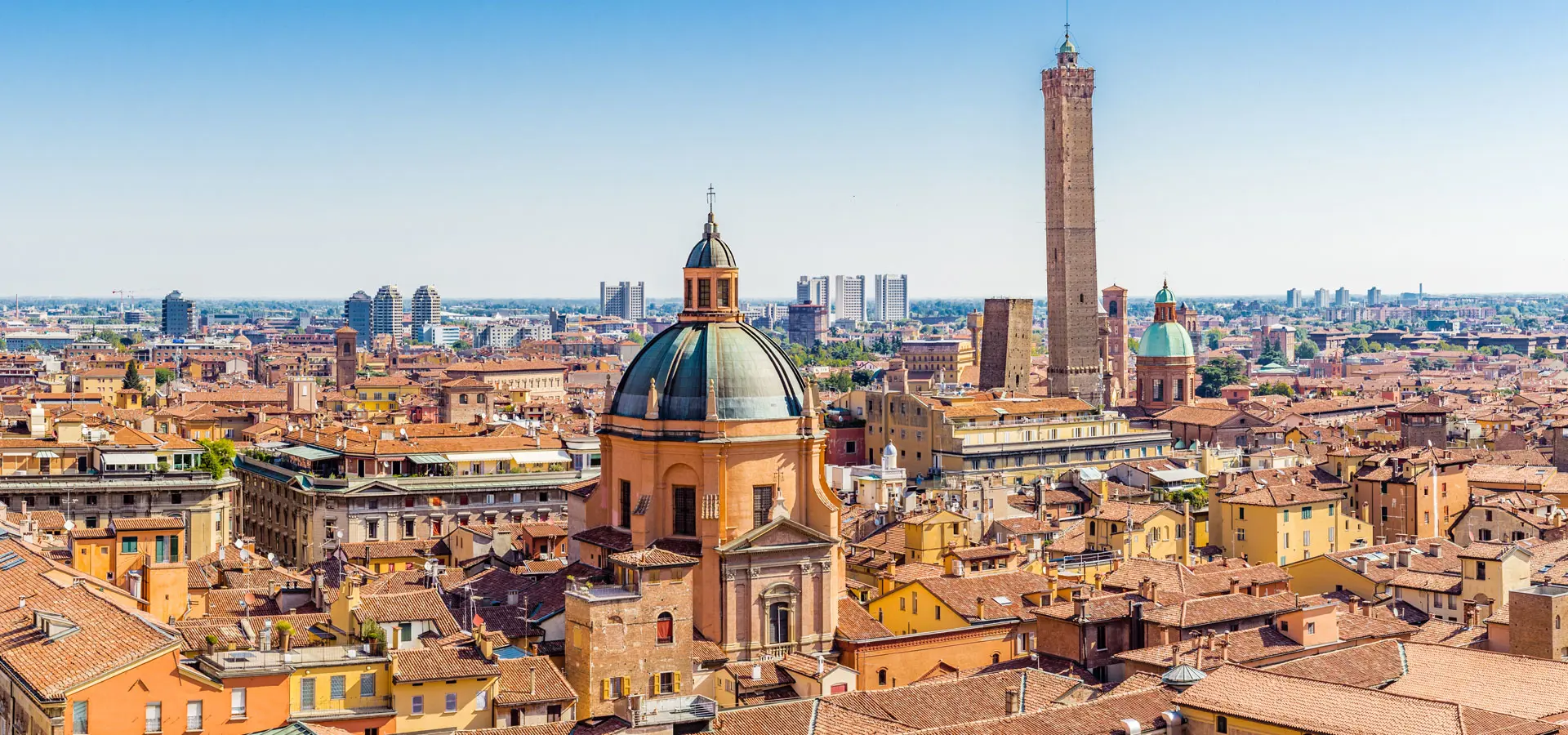
Bologna is a welcoming city and offers different possibilities for accommodation.
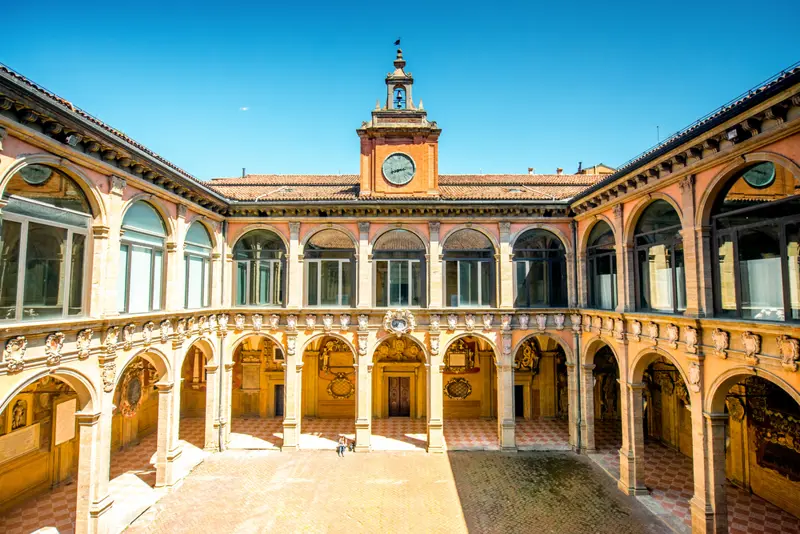
Piazza Galvani, 1
The building of the Palace of Archiginnasio of Bologna was commissioned by Cardinal Carlo Borromeo between 1562 and 1563 to house the lecture halls for the University Study; up to 1803 it was the location of the University. Since 1838 it has housed the Civic Library. The room walls, the vaults of staircases and open galleries are decorated with commemorative inscriptions and monuments dedicated to the teachers of the Studio and thousand coats-of-arms and names of students. In front of the entrance there is the Chapel of S. Maria dei Bulgari.
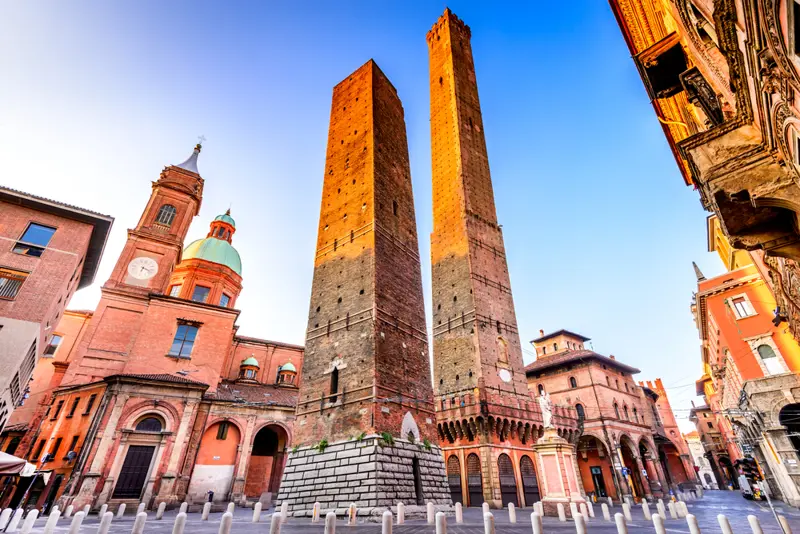
Piazza di Porta Ravegnana
The Asinelli Tower of Bologna was built in 1109-1119 by the Asinelli family but, by the following century, it had already passed under the control of the Municipality.
It is 97.20 metre-high with a drop of 2.23 metres and an inner staircase of 498 steps completed in 1684. The plinth is surrounded by a small 'stronghold' built in 1488 to house the soldiers of the watch. Its arcade is occupied by a few craft shops and ateliers, as a memento of the merchants' trade of the Medieval 'mercato di mezzo'.
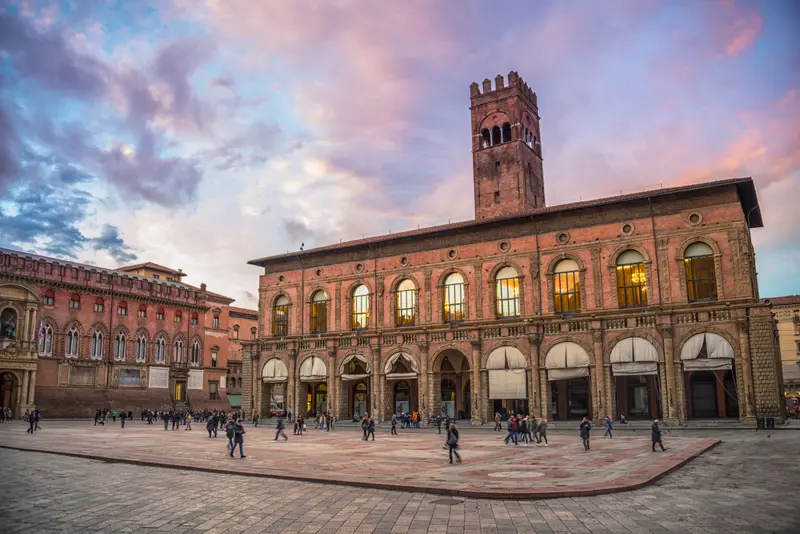
The Palazzo del Re Enzo of Bologna was built between 1244-46 as an extension of the municipal buildings and became the 'residence' of the prisoner king of the battle of Fossalta: King Enzo of Sardinia, son of Frederick II who spent the next twenty-three years in the palace until to death. On the right of the building there is the access to the Chapel of S. Maria dei Carcerati.
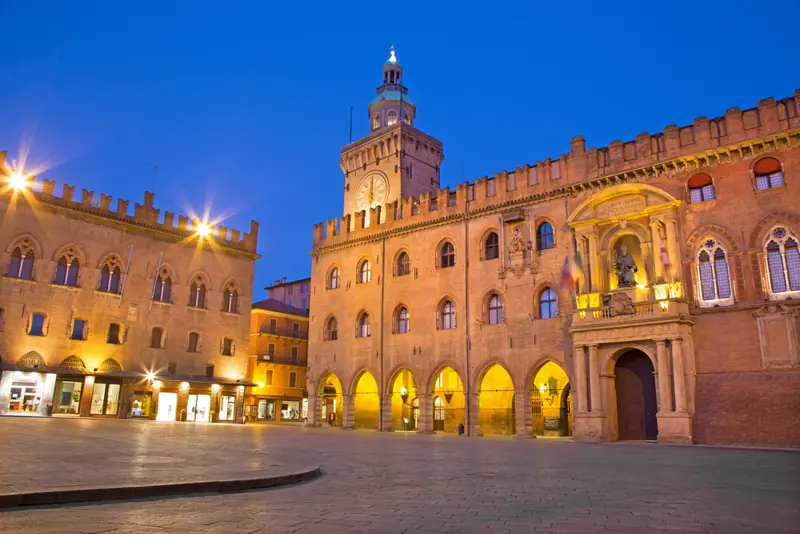
Piazza Maggiore
Piazza Maggiore of Bologna, in the heart of the city and surrounded by important buildings: the Basilica di San Petronio, and on the right side of the church, Palazzo dei Notai, Palazzo d'Accursio, Palazzo del Podestà and the spectacular façade of Palazzo dei Banchi. The Basilica of St. Petronio, honoring the patron saint, is the most most important church in Bologna.
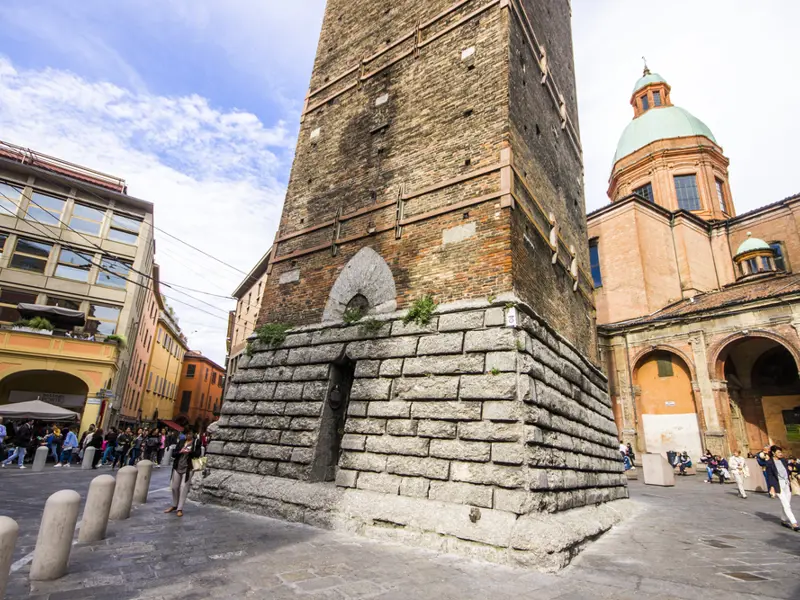
Piazza di Porta Ravegnana
The Garisenda Tower of Bologna, built around the same time of the Asinelli Tower, is much smaller: 47 metres with a steeper drop of 3.22 metres due to an early and more marked subsidence of soil and foundation. The poet Dante, who saw the tower before the process had started, compared it to a leaning Anteo in the 31st Canto of his 'Inferno'. The ashlar covering in selenite stone of the base of the tower dates back to the late 19th century.
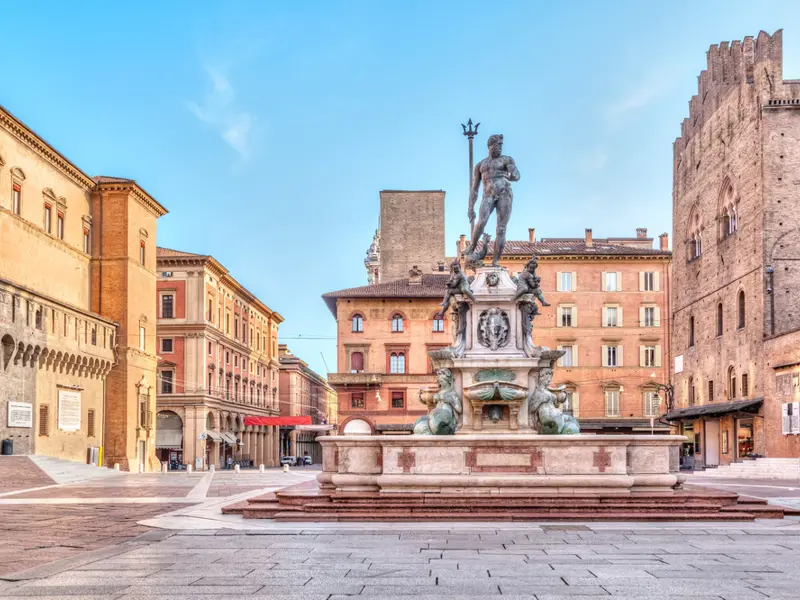
Piazza del Nettuno
The Fountain of Neptune in Bologna was built in marble and bronze, between 1563 and 1566 by the Flemish sculptor Giambologna. The monument is a symbol of the power of the Pope: he ruled the world like Neptune ruled the seas. At the feet of the statue of Neptune there are four little angels. They represent the rivers of the four discovered continents at that historical period: Ganges, Nile, Amazon River and Danube.
Via delle Belle Arti, 56
The National Gallery of Bologna is located in the university area, in the same historic building that houses the Academy of Fine Arts and the Superintendence for the Historical, Artistic and Ethno-Anthropological Heritage of Bologna. Inside: thirty exhibition halls and a space dedicated to temporary exhibitions and the teaching activity. It was renewed and adapted to European standards and is considered the most important national galleries known and appreciated abroad.
Piazza Maggiore, 6
The Archaeological City Museum of Bologna is located in fifteenth-century Palazzo Galvani since its official opening on September 25, 1881. The museum houses the rich archaeological collections from the ancient University Museum by the donation of the painter Pelagio Palagi and the excavations carried out in Bologna and territory in the late nineteenth and early twentieth centuries. The Museum is the most important Italian archaeological collections and is representative of the local history.
Via Don Minzoni, 14
The Modern Art Museum of Bologna, with its 9,500 square metres devoted to visual culture and experimentation, is a factory of creativity and a centre of the most advanced present. Is the main head office of the Istituzione Galleria d'Arte Moderna di Bologna, which also includes Museo Morandi and Casa Morandi, Museo per la Memoria di Ustica, Villa delle Rose and Residenza per artisti Sandra Natali.
www.mambo-bologna.org
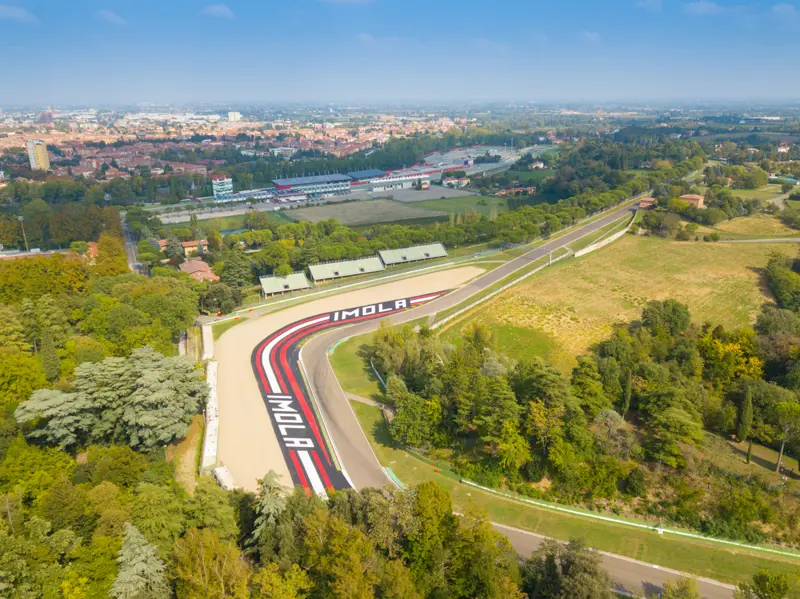
Via F.lli Rosselli, 2 - Imola
The Autodromo Internazionale Enzo and Dino Ferrari in Imola, born in 1950, is a location for the most important Italian motor sport events: the Grand Prix of San Marino Formula One, Grand Prix of Italy's World Championship Superbike, World Championship in Formula 3000 and to Endurance. However, in addition to competitions, offers events take place, renowned as the Show Scambio, concerts and presentations of new models of cars and motorcycles.
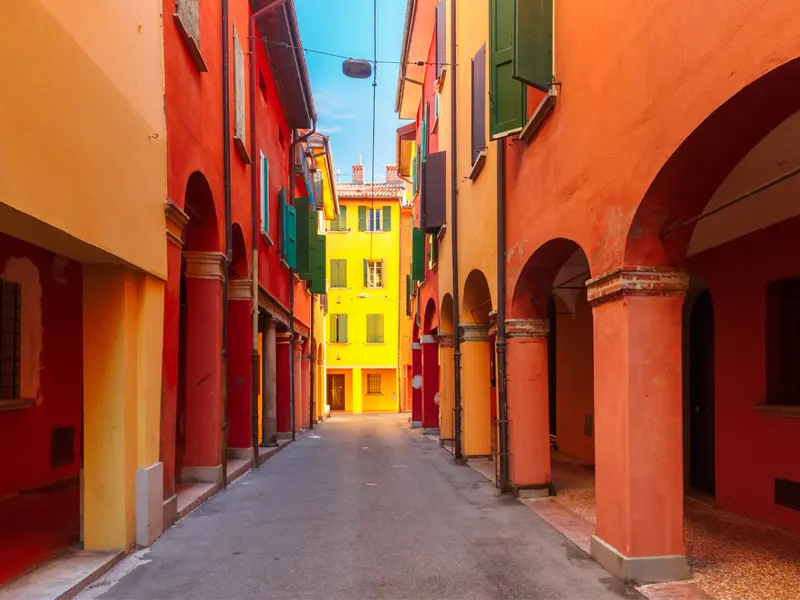
The layout of Bologna's ghetto can still be precisely traced amid the narrow streets in the Medieval heart of the city: here, a maze of alleys, covered bridges and small windows tells the story of a whole community forced to live in a specific area of the town by order of the Papal State beginning from 1556. The ghetto is one of the most charming areas in town, enlivened with artisan workshops and encircled by palaces which belonged to rich Jewish merchants and bankers.



